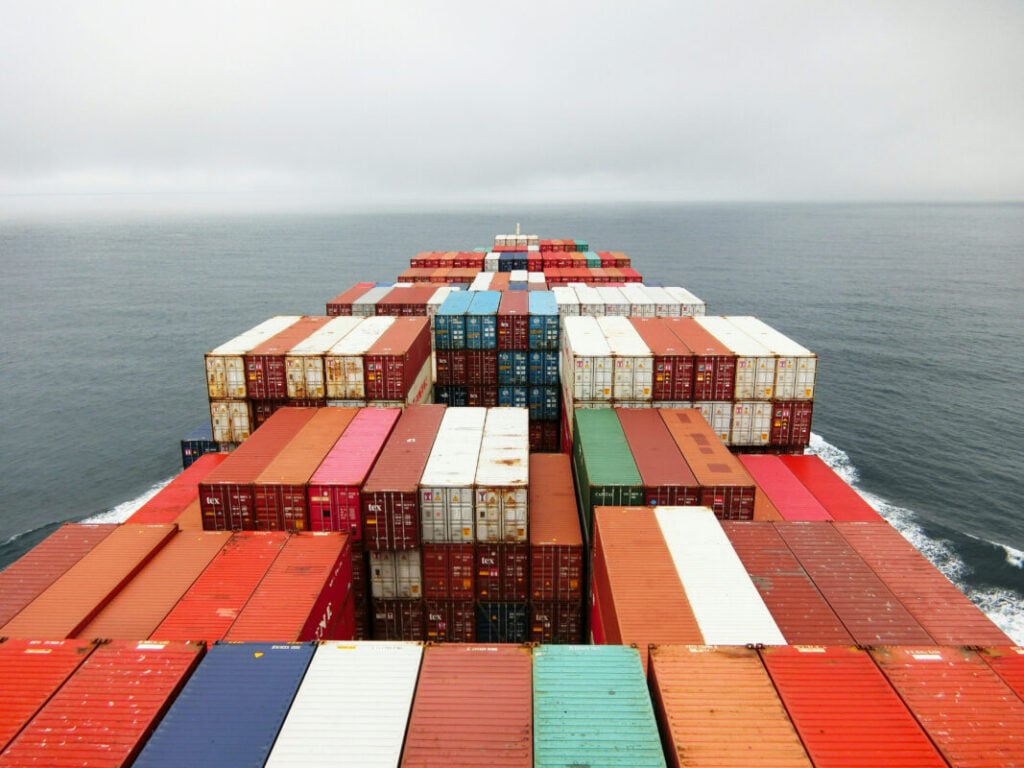
Details of tariffs on US imports of polysilicon products may be announced as early as the end of this month, according to a note from investment bank Roth Capital.
Analysis from the firm’s managing director and senior research analyst for cleantech, Philip Shen, said that the Section 232 tariffs on imports of polysilicon and its derivatives could be released earlier than expected, reporting that the White House “wants to announce tariffs at [the] end of the month.”
Try Premium for just $1
- Full premium access for the first month at only $1
- Converts to an annual rate after 30 days unless cancelled
- Cancel anytime during the trial period
Premium Benefits
- Expert industry analysis and interviews
- Digital access to PV Tech Power journal
- Exclusive event discounts
Or get the full Premium subscription right away
Or continue reading this article for free
Shen’s note said he expected the details of the Section 232 tariffs to be “released by month end or early/mid November.”
The acceleration of the decision, which was originally forecast to run until March 2026, as allowed by the 270-day investigation period, is likely due to increasing trade tensions with China.
Earlier this month, Beijing announced greater restrictions on the export of rare earth metals, citing “national security” concerns. Quoting an unnamed source, Roth said the 232 investigation has sped up because the “China rare earth export control/ban has really accelerated a lot of different China efforts in the White House.”
Section 232 polysilicon tariffs
The solar industry has been waiting for the second shoe to drop in Section 232 since its announcement in the summer. At the PV CellTech USA conference last week, we reported exclusively that some speakers did not expect the polysilicon tariff to be a priority for the US administration compared with potential levies on semiconductors. However, events seem to have overtaken this forecast.
Many analysts agree that the Section 232 investigation could be greatly significant for the US solar industry. It is likely to apply to all polysilicon-based imports, which would include polysilicon itself and the main components in the solar supply chain; silicon wafers, solar cells and modules.
“People should be focusing on what the poly 232 quota structure could be in addition to the tariff levels,” the Roth note read. It is likely that Section 232 will be imposed with a Tariff Rate Quota (TRQ) in place, which would allow a certain amount of each targeted product to enter the US each year before duties are paid.
The proposal came from the Coalition for a Prosperous America (CPA), which suggested $0.20/W tariffs on solar modules, $0.10/W on cells, $0.07/W on wafers and $10/kg on polysilicon imports and a TRQ threshold of 30GW for silicon cells, wafers and ingots and 40,000MT of polysilicon from “trusted allied countries with secure, non-Chinese-controlled supply chains.”
In an industry update from September, Roth wrote that the final 232 ruling was likely to resemble the CPA’s product specific tariff proposal, “despite the lack of precedent.” PV Tech Premium also heard from an industry analyst last week who said they were taking the CPA proposal as a “base case” scenario for potential 232 tariffs.
However, in the recent note, Shen suggested that the quota proposals from CPA could be “too high” and the actual quote could come in “meaningfully lower” and could potentially be tiered based on individual countries. A lower threshold would likely put greater upward pressure on US solar component prices, and ultimately on project finances.
The US solar manufacturing industry is in a precarious position in the face of trade uncertainty. Significant module manufacturing capacity has yet to be followed by more upstream domestic production, and the combination of Section 232 and the looming Foreign Entity of Concern (FEOC) restrictions will put increased pressure on cell, wafer, ingot and polysilicon imports.
Korean chemicals giant OCI Holdings bought a majority share of a Vietnamese wafer production plant last week, with a view to securing non-FEOC solar wafer supply for its US subsidiary, Mission Solar’s planned cell manufacturing facility.
Despite the uncertainty for much of the supply chain, Roth Capital said Section 232 is likely a “positive catalyst” for cadmium telluride (CdTe) thin-film module producer First Solar (FSLR). The company has the largest solar module manufacturing capacity in the US, and its CdTe technology isolates it from the effects of the trade war over silicon-based solar products.






